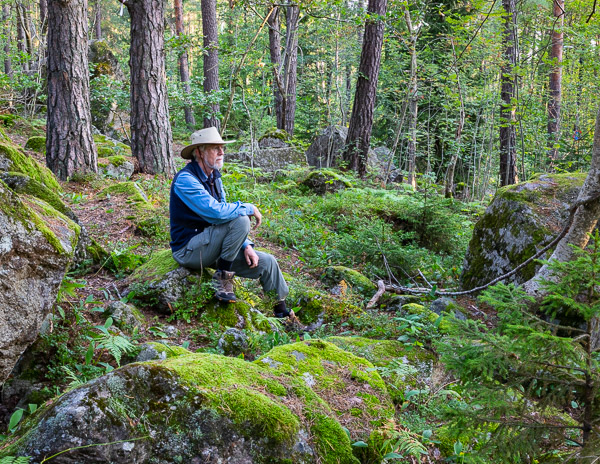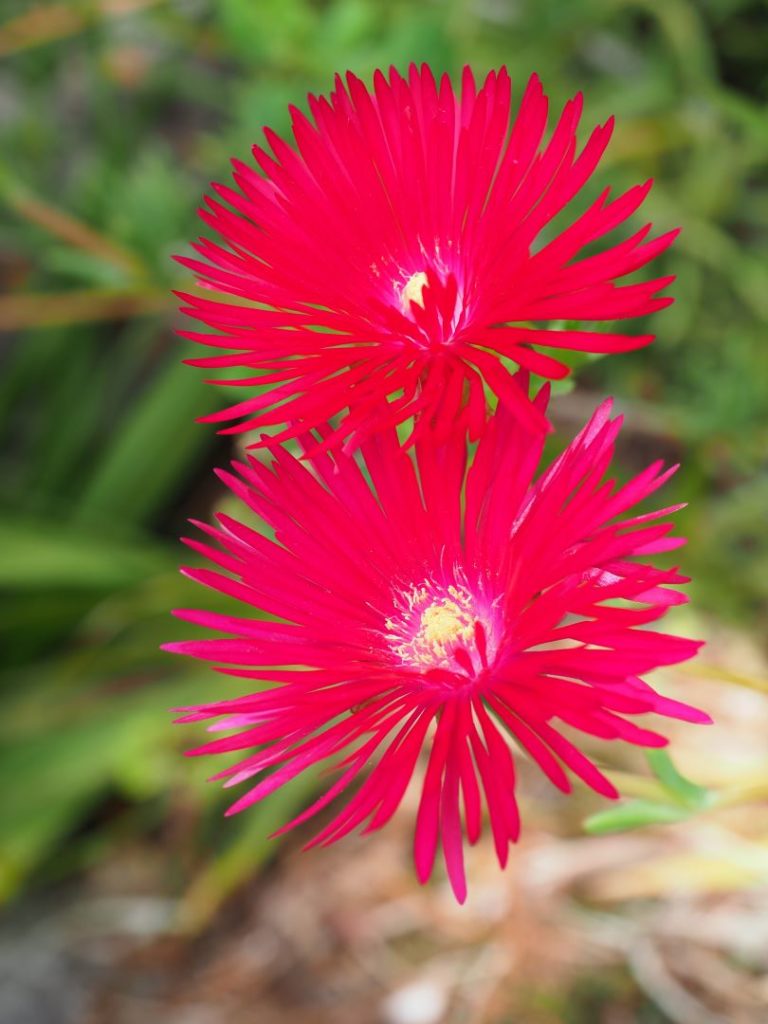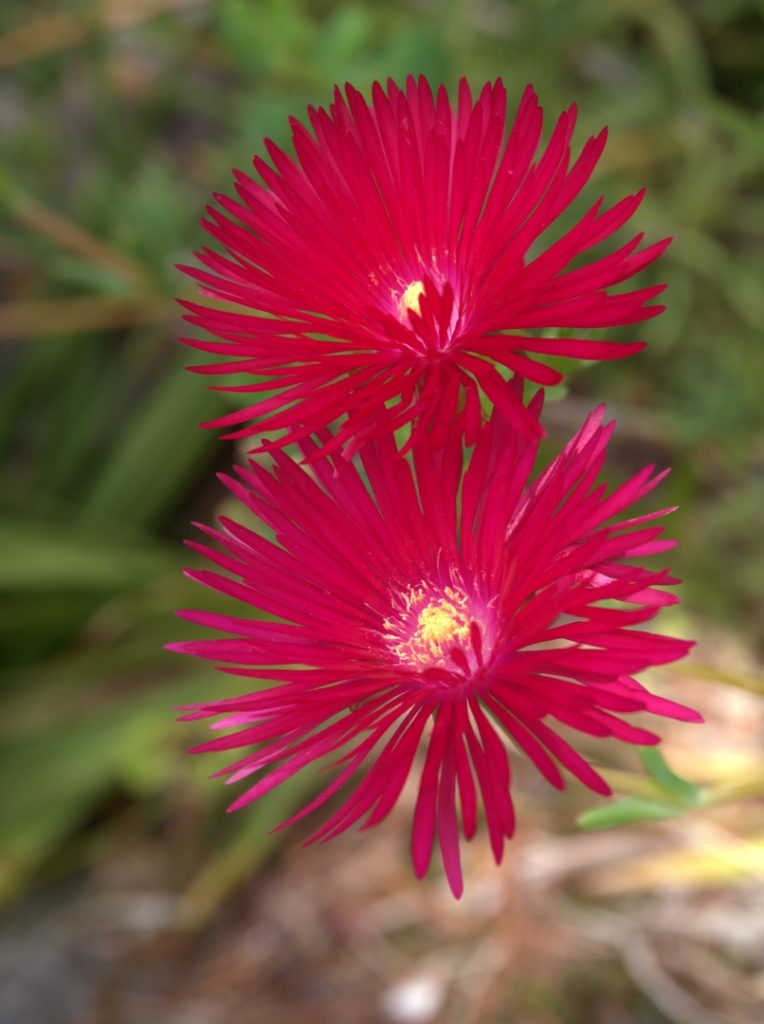
By default most cameras come configured to take images in JPEG format. This is very convenient if you never want to go past very basic edits and don’t want to get the utmost from your (potentially large) investment in your photographic gear. In this scenario, when you expose an image, the camera takes the data from the camera sensor, and processes it into a JPEG, dropping a lot of the original image sensor information in the process. It is very convenient, but most cameras these days allow you to save ALL of the sensor data by recording a RAW file. This file format varies from camera to camera, and you usually need specific software to view the file, so you might think it a little inconvenient. However, a straight conversion from RAW to JPEG is straightforward with the software you got with your camera (or Lightroom or other software) you can tell your camera to take both JPEG and RAW if you don’t want to miss out on the immediacy of JPEG.
Below are some links that explain in more detail the pros and cons of RAW vs JPEG. If you are serious about your photography, I hope you will be taking your photos in RAW as this gives the greatest flexibility for post processing.
Some links about RAW vs JPEG
- https://photographylife.com/raw-vs-jpeg#advantages-of-jpeg-format
- https://petapixel.com/2020/07/25/raw-vs-jpeg-explaining-the-difference-with-a-box-of-cereal/
- https://www.kenrockwell.com/tech/raw.htm
- or do a web search like this… https://duckduckgo.com/?t=ffab&q=raw+vs+jpeg&atb=v197-1&ia=web to get lots more.


